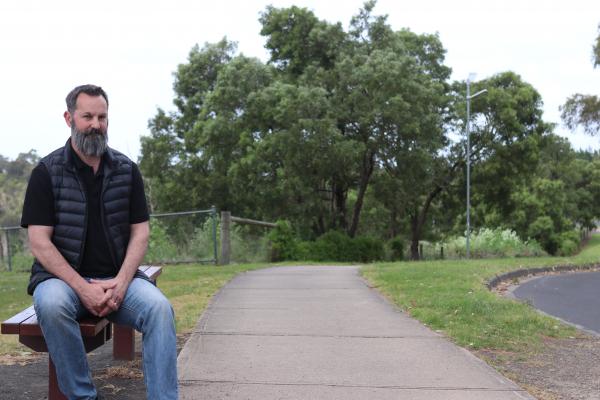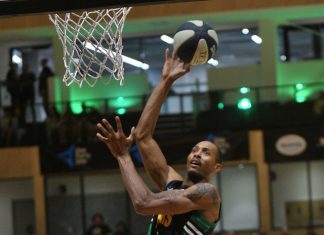
By Brett Kennedy
MOUNT Gambier’s scenic Blue Lake walking path returned to two-way foot traffic from Tuesday, scaling back the clockwise direction requirement introduced in April as part of City Council’s COVID-19 response.
The easing of the restriction originally pre-empted Saturday’s planned return of Mount Gambier Parkrun, a popular recreational group which attracts dozens of walkers and runners each week to complete a 5km circuit.
However, community sport restrictions reintroduced by the State Government on Monday mean Parkrun events will remain on hold for at least two weeks.
Residents are also reminded to observe the current lockdown requirements, which does not allow exercise outside of the home.
City Council originally introduced the one-way exercise path flow to meet social-distancing requirements, noting the narrow 750m stretch of path along Bay Road made this impossible under two-way traffic.
Under the new changes, this section will remain one-way with foot traffic limited to clockwise travel under further notice with new signage to be installed.
“This narrow section of path provides little to no room to pass oncoming users due to the physical restrictions caused by the guardrail and fence,“ City Council city infrastructure general manager Nick Serle said.
“Therefore, path users are unable to practise social distancing in this section, so foot traffic remains one-way, clockwise only at this stage.“
The return to two-way foot traffic across the lake’s eastern side was welcomed by Mount Gambier Parkrun coordinator Phil Ackland, with the 5km course requiring multi-directional use.
Considered one of the most unique Parkrun courses in the world due to its volcanic crater setting, the Blue Lake loop starts at the Apex Lookout on the lake’s northern fringe and covers 2.5km in a clockwise direction before participants turn just before reaching the cactus garden, returning along the route anti-clockwise.
Mr Ackland said Parkrun had developed an international framework to manage COVID-19 safety requirements, with additional approval sought from South Australian authorities.
“There has certainly been a lot of thought, planning and hard work put into the new environment,” Mr Ackland said.
Despite some minor changes to protocols, including shorter public briefings and reduction in potential points of contact, Mr Ackland said when events return, they should look and feel like a typical Parkrun.
Last held on March 14, Mr Ackland highlighted the sense of community created by the social recreational event.
He said while the organisation had “run” in its title, it was a community event aimed at all demographics and abilities.
“A great deal of people just walk it and have no intention of running,” Mr Ackland said, adding others alternated between walking and running or pushed themselves in an all-out dash against the clock.
“It is a lot more focused on that social interaction and having a time and place to go meet up with these people or meet new people – that’s really what parkrun is mostly about.”
Mr Ackland encouraged interested persons to visit the Parkrun Australia website or simply head along on Saturday mornings prior to the 8am sharp start.
Parkrun Australia also endorses events in Naracoorte, Meningie, Hamilton and Portland.







